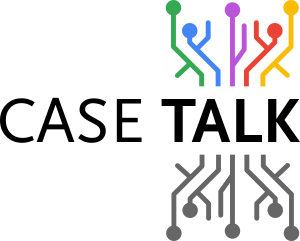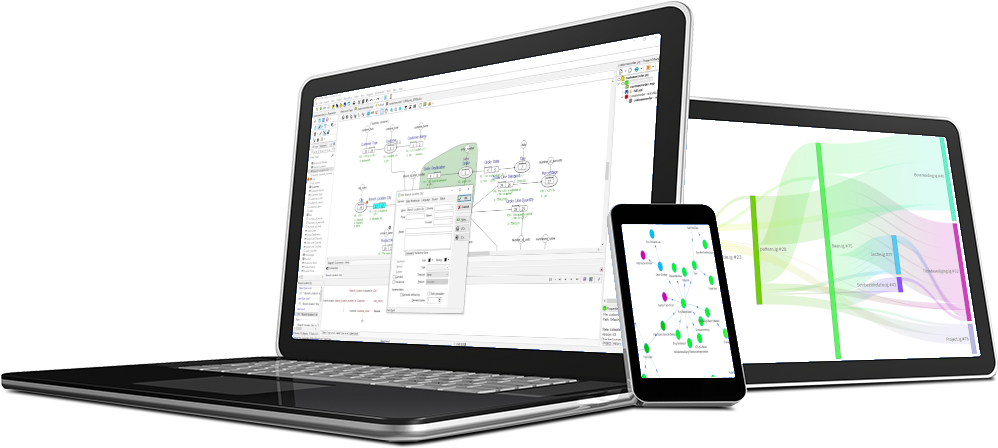In the realm of data modeling, the FCO-IM (Fully Communication Oriented Information Modeling) method has emerged as a powerful successor to the well-established NIAM (Natural Information Analysis Method). Both approaches rely on the use of natural language to construct data models. FCO-IM, however, takes this methodology a step further, offering numerous advantages that make it an ideal choice for creating elegant and highly adaptable models, all the while ensuring ease of validation by both business experts and users.
What sets FCO-IM apart
- Intense User Participation for Enhanced Validation: FCO-IM promotes robust user engagement, which, in turn, leads to more effective model validation. Involving business stakeholders throughout the modeling process ensures that the model aligns with their needs and requirements.
- 100% Conceptual Approach for Superior System Design: FCO-IM adopts a purely conceptual approach, facilitating the development of well-designed systems that accurately reflect the real-world business environment.
- Integrated Documentation for Enhanced Context: FCO-IM seamlessly integrates documentation into the modeling process, providing valuable context for the model. This helps in creating a comprehensive understanding of the business semantics.
- Incremental Modeling for Agile Development: FCO-IM excels at extending the model fact by fact, making it an ideal choice for agile development methodologies that require flexibility and adaptability.
capture using natural language
- Clear Business Semantics Documentation: It provides clear, natural language documentation of business semantics, making it accessible to business users who may not be modeling experts.
- Integrated Semantics in the Modeling Process: Semantics are not added as an afterthought; they are integrated into the modeling process, maintaining consistency throughout.
- Preservation of Language in Model Transformations: When performing model-to-model transformations, FCO-IM ensures that the language remains coherent, preventing information loss.
real examples reduce misunderstanding
- Rooted in Real Business Examples: FCO-IM grounds models, entities, and attributes in real-world business examples, reducing the risk of misinterpretation.
- Minimizing Lost in Translation: By using business language as input and output, FCO-IM minimizes the chances of information being "lost in translation."
- Clarity through Practical Examples: Often, a single real-world example can convey more than a technical or abstract description ever could.
both individual and a part of the whole
- Support for Agile or Incremental Modeling: FCO-IM supports agile or incremental modeling by allowing the addition of one fact at a time.
- No Ambiguity with Half Facttypes or Bundles: Unlike other modeling methods (ERM, UML, OWL, etc.), FCO-IM maintains clarity by focusing on one facttype at a time, avoiding ambiguities.
- Spotting Elementary Facttypes: Identifying elementary facttypes is straightforward in FCO-IM, a task that can be challenging in alternative models.
CaseTalk empowers FCO-IM
- Storage in an Open, Exportable SQL Database: CaseTalk allows for the storage of models in an open, exportable SQL database, enhancing accessibility and sharing.
- Live Integrated Editing for User Feedback: Users can seamlessly edit facttypes for continuous feedback, ensuring that the model remains aligned with evolving requirements.
- Model Extension through Facttype Reuse: The tool facilitates easy model extension by reusing existing facttypes, promoting efficiency.
- Full Model Validation and Verbalization in Natural Language: CaseTalk enables comprehensive model validation and verbalization, ensuring clear communication and understanding.
- Model Transformations for Technical Artifact Generation: CaseTalk supports model transformations for the forward engineering of various technical artifacts, streamlining the development process.
In conclusion, Fact-Based Modeling, as exemplified by FCO-IM and supported by CaseTalk, revolutionizes the way we approach data modeling, offering a structured, user-friendly, and comprehensive approach to designing systems that accurately reflect the real world. With its emphasis on clear semantics, incremental modeling, and the preservation of language, FCO-IM, in tandem with CaseTalk, is a powerful combination that can benefit businesses and organizations across various industries.


